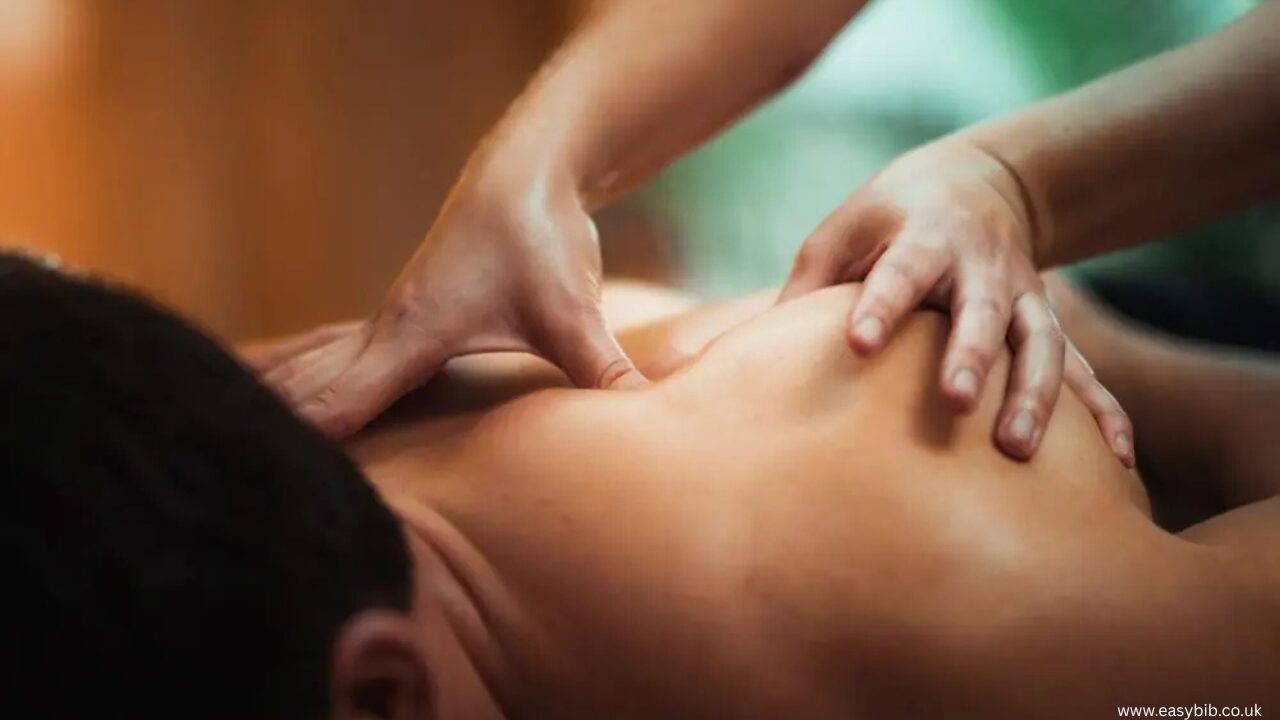Therapeutic Touchpoints: Understanding Medical Massage Without the Hype

Not all massages are just for pampering. A medical massage is different—it treats pain, speeds healing, and restores movement. This kind of massage is often part of a bigger care plan written by a doctor, chiropractor, or physical therapist.
It focuses on one goal—helping your body feel and move better. Think of it as teamwork between your body and a trained pair of hands. Let’s break it down and see how this powerful treatment works.
Understanding What Makes It “Medical“
How Is It Different from a Regular Massage?
A spa massage is all about relaxing. You lie down, zone out, and maybe fall asleep. But a medical massage targets specific trouble spots in your body, like stiff shoulders, aching backs, or sore legs.
The therapist uses medical notes to focus on what hurts and why. They track your progress, apply tested techniques, and adjust pressure to help muscles heal. This isn’t about luxury. It’s about recovery.
Common Myths That Confuse People
Many people think medical massage is only for athletes or that it’s painful. Neither is true. Anyone dealing with chronic pain, stress, tension, or injury recovery can benefit from it. While the pressure might be firm, it should never feel harsh. A good therapist always listens to your comfort level.
Real Problems That Medical Massage Can Solve
Chronic Back Pain and Sciatica
Many people battle back pain daily. Medical massage helps by easing tight muscles and improving blood flow. If you have sciatica, massage can reduce pressure on the sciatic nerve, allowing you to move with less pain.
Post-Surgery Muscle Stiffness
After surgery, muscles get tight. A medical massage helps loosen them up, increases movement, and speeds healing. It’s often used after knee replacements, hip surgeries, or spinal procedures.
Stress and Muscle Tension
Stress doesn’t live just in your mind—it hides in your neck, shoulders, and back. Medical massage helps release this tension, lowers cortisol levels, and brings calmness. People dealing with anxiety, headaches, or sleep trouble often notice real improvement after just a few sessions.
What Happens During a Medical Massage Session?
The First Step: Getting to Know Your Pain
Before your massage begins, the therapist will ask about your pain, medical history, and mobility issues. They may even review your doctor’s notes. That helps them build a plan that fits your body’s needs.
The Actual Treatment Process
You’ll lie down just like any regular massage. However, the therapist will focus on problem areas using different techniques. They may:
- Press gently on tight muscles (called trigger point therapy)
- Stretch your tissues (known as myofascial release)
- Use deep, slow strokes (deep tissue massage)
Each movement is meant to treat, not just relax, your body.
How You’ll Feel After
Some people feel sore the next day, like after a light workout. That’s normal. The best part? You’ll likely notice better movement, less pain, and more ease in your everyday life.
Techniques That Make a Difference
Typical Methods Used by Licensed Therapists
A medical massage is more than just rubbing. It uses targeted methods, like:
- Trigger Point Therapy targets “knots” that cause pain to radiate to other areas of your body.
- Myofascial Release – Helps with the sticky connective tissue under your skin.
- Neuromuscular Therapy – Connects your muscles and nerves for smoother movement.
Each technique is chosen to match your symptoms. The therapist may switch things up based on how your body responds.
When Medical Massage Isn’t the Right Fit
What It Can’t Do
Medical massage is excellent, but it’s not magic. It can’t fix broken bones, remove tumors, or perform surgeries. It also doesn’t cure illnesses. But it can help your body feel better while it heals.
When You Need a Doctor’s OK
There are times when massage isn’t safe. For example, if you have blood clots, heart disease, or skin infections, you must check with your doctor first. Safety always comes first.
How Medical Massage Helps in Real Life
From the Rehab Room to Real Results
In many rehab clinics, patients recovering from car crashes, sports injuries, or strokes use medical massage alongside physical therapy. It reduces pain, speeds up healing, and restores confidence in movement.
Helping Athletes and Everyday Folks
Athletes love medical massage. It helps them prevent injuries, recover faster, and perform at their best. But it’s not just for them. Office workers with stiff backs and tired hands also massage to stay comfortable and focused.
READ MORE
Conclusion: A Smarter Way to Feel Better
Medical massage is a mix of science, touch, and care. It’s not about candles or relaxing music—it’s about real healing, one muscle at a time. With guidance from trained therapists and support from doctors, you can get back to doing the things you love.
Whether recovering from an injury, managing stress, or just trying to feel better daily, this massage offers a robust, hands-on solution. It’s gentle, innovative, and surprisingly effective, proving that sometimes the best medicine doesn’t come in a bottle.
